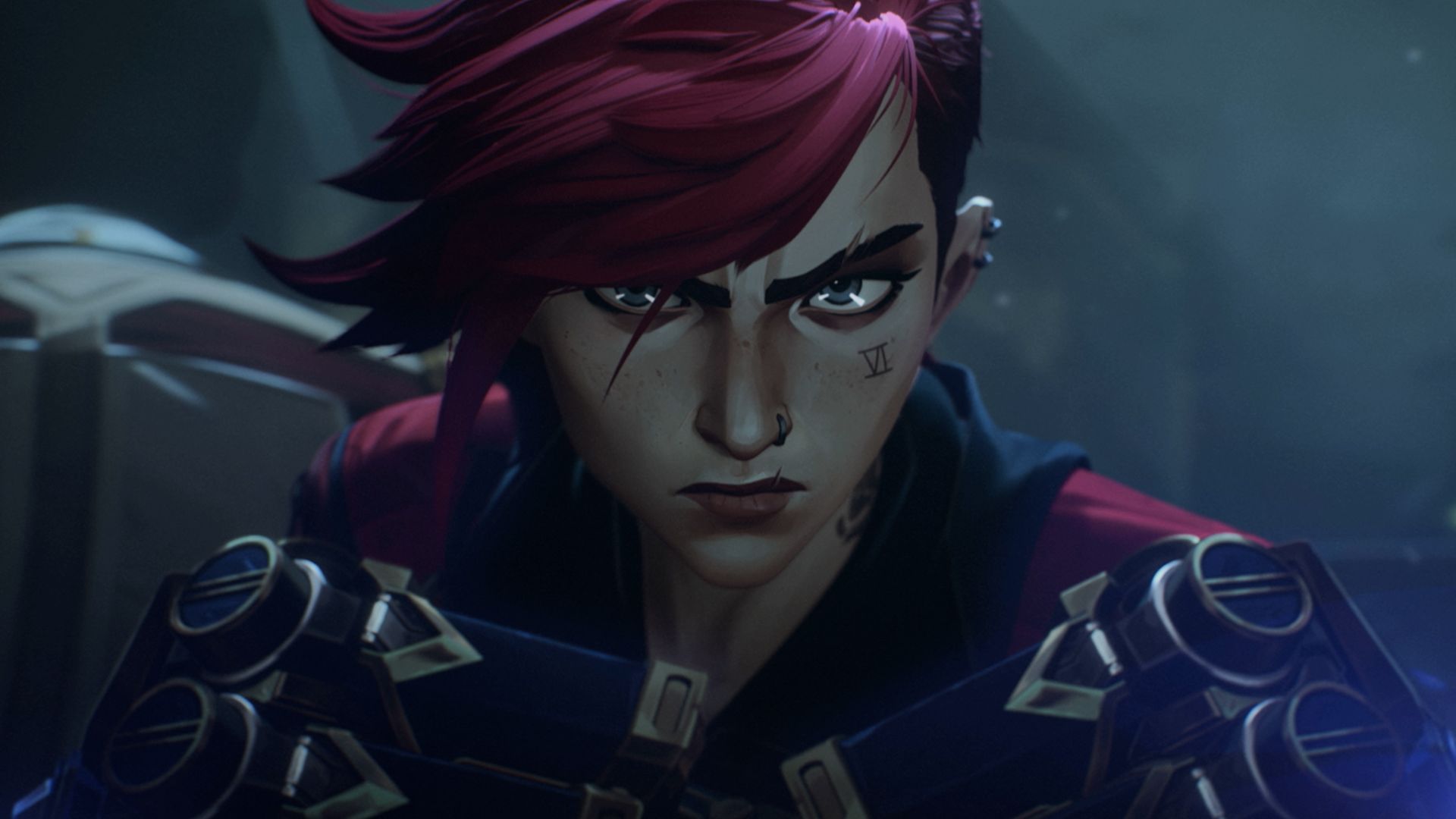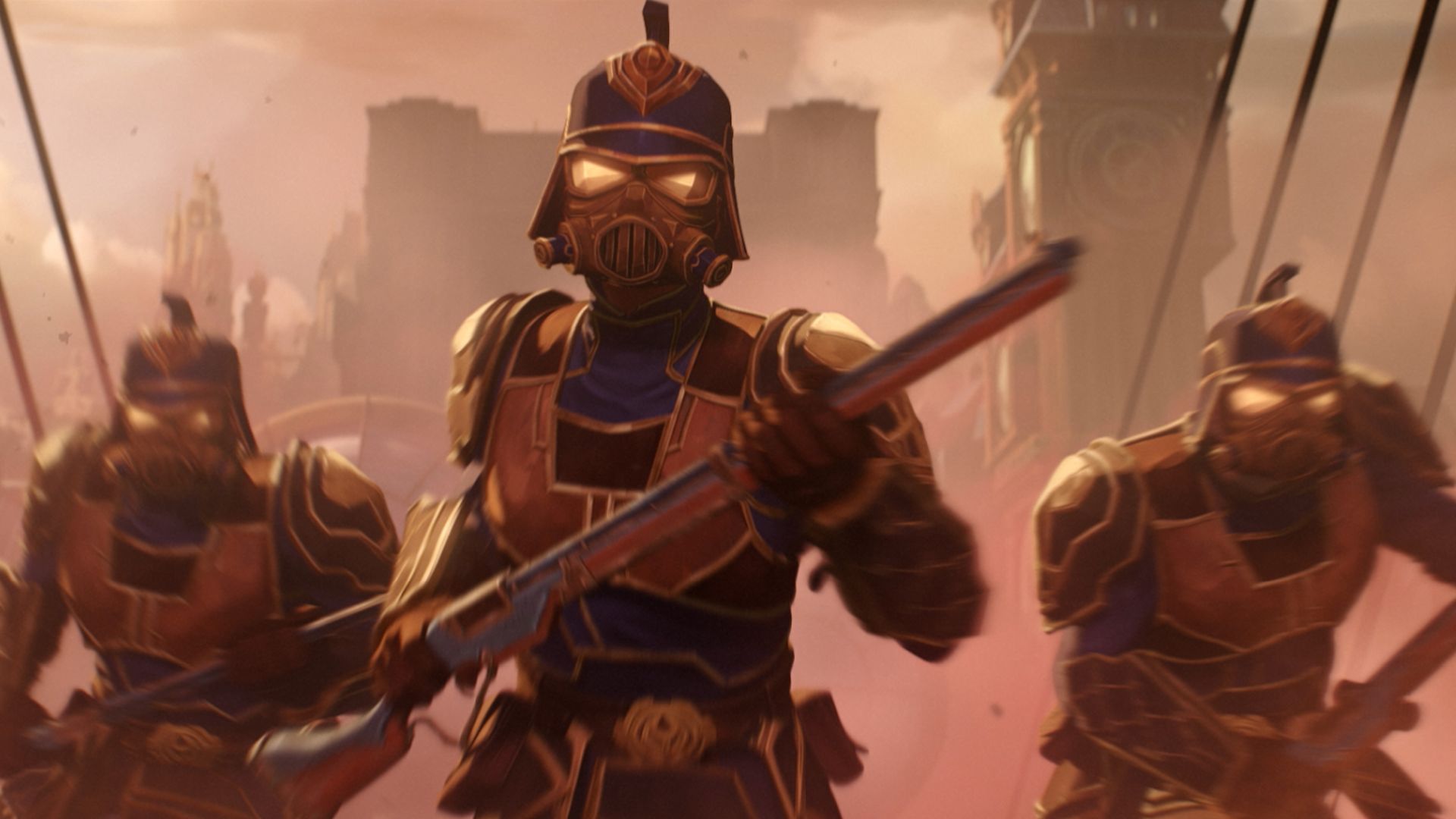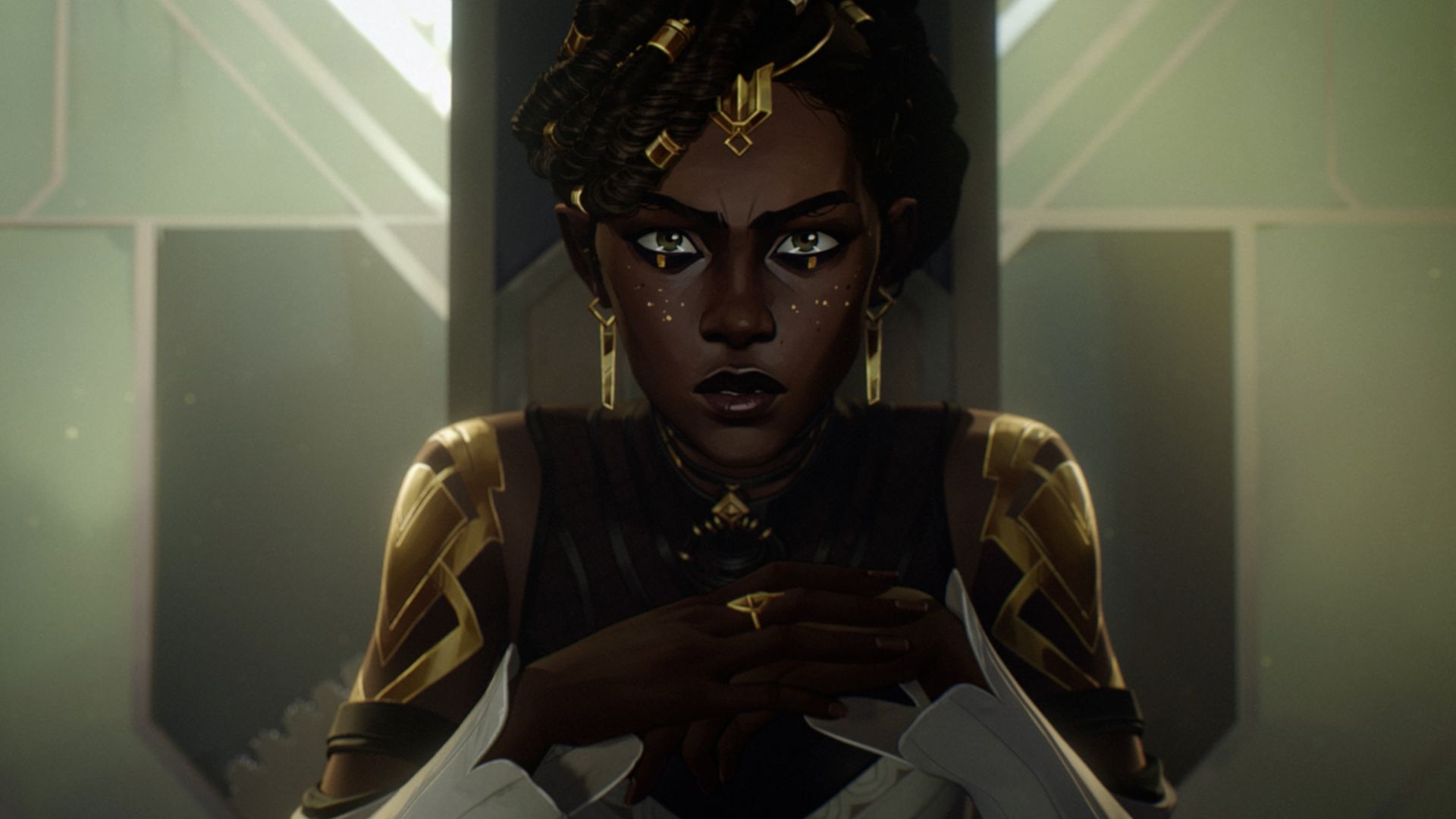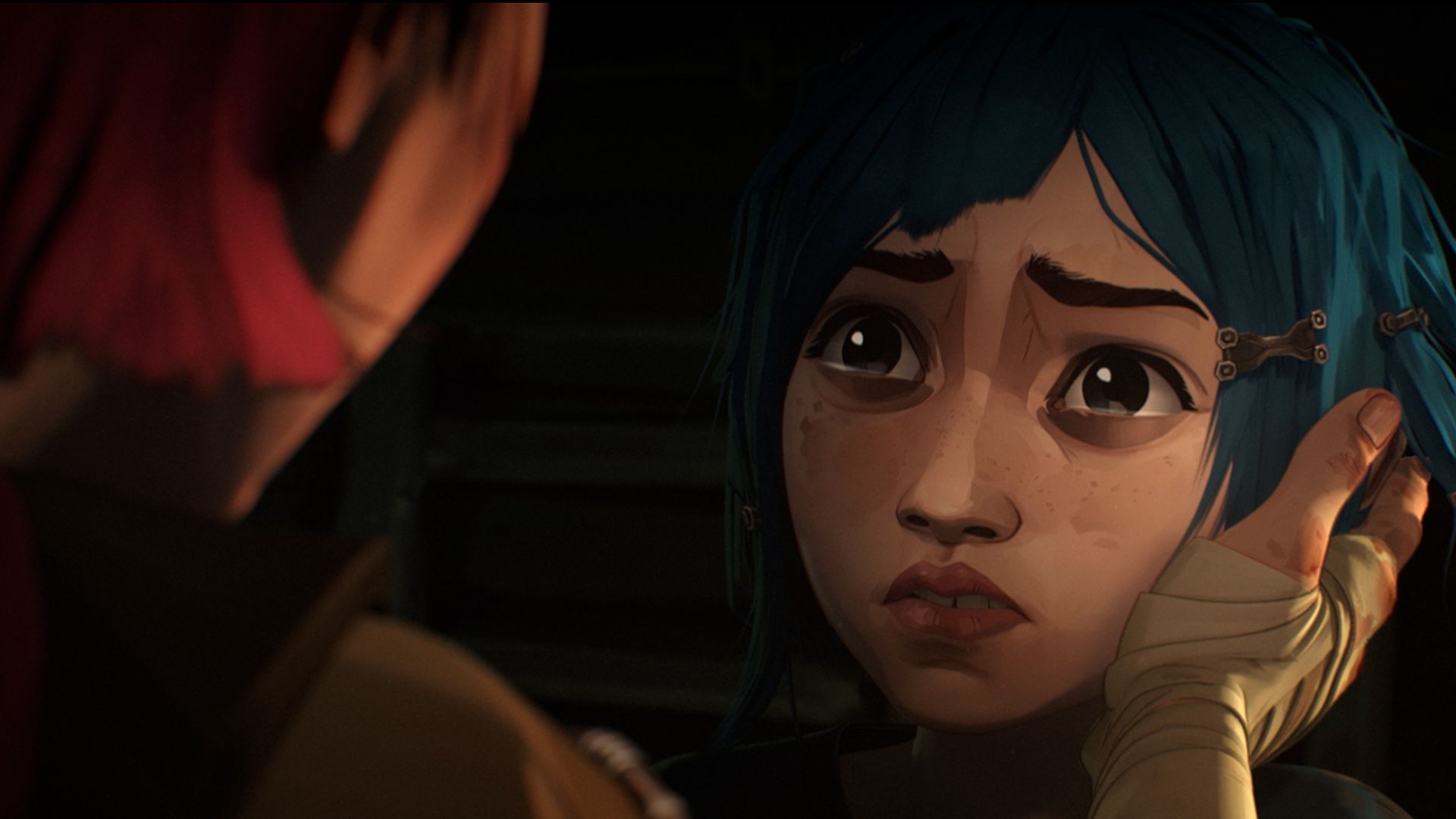
With a decade-long history, more than 150 (major) characters, and enough lore to fill several novels, the world behind League of Legends is nearly as complicated as the game itself. But with Arcane, the game's new animated series, which released its first three episodes this weekend, that world has suddenly become more accessible than ever.
With an entire continent to explore and dozens of established characters to draw from, Riot's first foray into feature-length storytelling could easily have been a sprawling Avengers-style narrative, but Arcane stays reassuringly compact. Set in the glittering but broadly isolated technological hub of Piltover and its grimy underbelly, its narrative touches on just seven pre-existing champions, with only four of those - orphaned sisters Vi and Powder and scientist duo Jayce and Viktor - truly at its centre.
Arcane provides another way into the narrative by introducing those characters years before they become the champions that League of Legends players have come to know. Several of them are children during the first three episodes, with nods to their future woven subtly into the show, rather than acting as glaring fanservice signposts for the adults they'll become. The 'supporting' cast - those who don't (yet) exist as standalone characters elsewhere in League of Legends canon - are allowed to shine just as brightly. From the outset, Arcane carves out a space almost entirely its own, welcoming new fans into a manageable slice of a world that might otherwise have been overwhelming.
Piltover's Finest

All of the work put into making Arcane accessible for a wider audience, however, would have meant very little without quality to back it up. Fortunately, Riot and animation studio Fortiche have delivered. The first three episodes are both beautiful and brutal, with some incredibly heartfelt moments turning on a dime into chaotic fight scenes. The juxtaposition between the wealth and progress that drives Piltover and the vicious nature of the undercity beneath pervades almost every shot, but when it needs to, Arcane manages to push aside the fraught relationships between the two parts of its world and dial into the relationships that make it such a special part of League of Legends.
Throughout the opening act, time spent with the two primary character pairings is a welcome respite from the political struggles tearing at both sides of the city. There's a tragic tenderness to both Vi and Powder and Jayce and Viktor. Both sets of characters are trying to build a better world in the face of powers beyond their control, but even the quietest moments between them hint at explosive rifts to come. Vi's supporting cast - mentor Vander and cronies Mylo, Claggor, and Ekko - are also a fascinating microcosm of what the undercity stands for; a fierce sense of unity, loyalty, and protection, accompanied by a streak of independence.
Easy on the eyes

Arcane also happens to be absolutely beautiful. Riot's artistic offerings have long been impressive, but in reimagining Arcane's stars, Fortiche has elevated a decade of character design. The hand-painted animation style offers the characters a level of emotional range not found anywhere near League of Legends. Powder and Vi in particular - thanks in no small part to outstanding performances from Hailee Steinfeld and Matilda the Musical actor Mia Sinclair Jenness - seem almost entirely reborn through their portrayals here.

Despite League of Legends' relatively limited pool of maps, Riot's also no stranger to establishing its settings. Runeterra, the continent on which the game is set, is packed with unique civilizations and city-states, the stories of their interrelationships almost as deep as those of the characters themselves. While Piltover's relative isolation within that makes it a perfect narrative setting, its societal split might have been trickier to capture. The reality, however, is that while the city's topside is stylish and quietly ostentatious, the undercity seems to hum and flicker as violently as the sentiment that runs through it. The calm that seems to pervade Piltover by comparison is a perfect way to highlight its populace's arrogance in the face of the poverty and grift that defines the city's other half.
Sign up to the GamesRadar+ Newsletter
Weekly digests, tales from the communities you love, and more
After a decade spent making cinematics for its games, Riot could easily have pointed Arcane firmly towards League of Legends fans and created something that the community would have enjoyed. Creating such a confident opening that's also so accessible to a wider audience was a much more difficult task, yet the opening act more than delivers. Whether subsequent acts maintain their openness to new arrivals isn't clear, even to long-time fans who know where the narrative will end up, but if you're even remotely interested in the world of League of Legends, there's no better place to start. Even if you're not, Arcane promises to be one of this year's best animated series, standing confidently apart from the universe that spawned it.
The Arcane Act 1 is available on Netflix now, with Act 2 arriving tomorrow, Saturday November 13. The third and final act arrives on November 20.
Here's what else is new on Netflix for November 2021.

I'm GamesRadar's news editor, working with the team to deliver breaking news from across the industry. I started my journalistic career while getting my degree in English Literature at the University of Warwick, where I also worked as Games Editor on the student newspaper, The Boar. Since then, I've run the news sections at PCGamesN and Kotaku UK, and also regularly contributed to PC Gamer. As you might be able to tell, PC is my platform of choice, so you can regularly find me playing League of Legends or Steam's latest indie hit.


